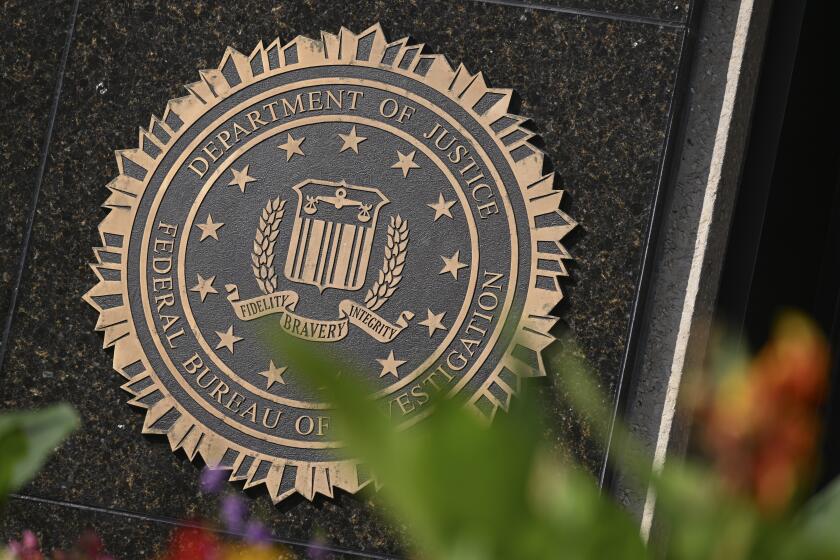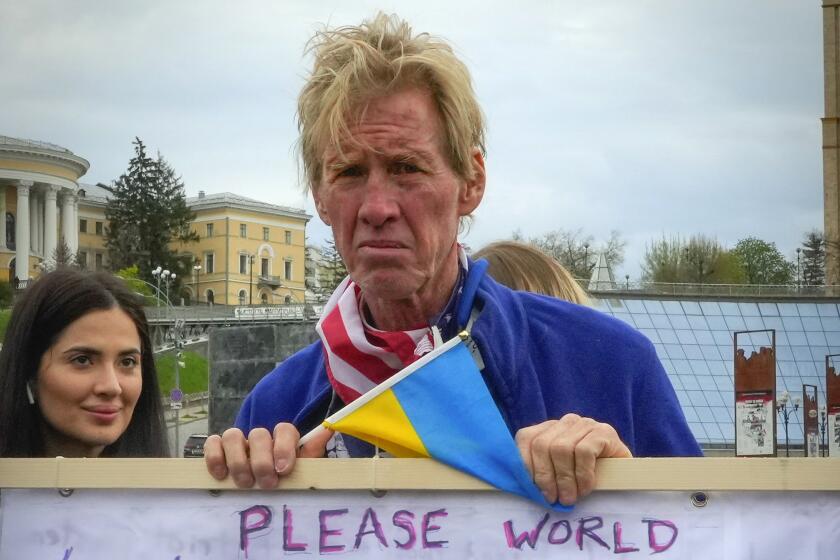Obama, advisors mull troop plans
President Obama and his top advisors on Friday began dealing in White House meetings with the task of deciding whether to send additional troops to Afghanistan.
The president and his team pored over a report from the top U.S. commander in Afghanistan, Army Gen. Stanley A. McChrystal, who warns that having too few troops could be fatal to the mission, but that extra military personnel do not guarantee success.
The four-hour meeting, on the day when Obama was awarded the Nobel Peace Prize, produced no clear decision, and the military and civilian advisors plan to continue talks next week. Aides believe the president is still weeks from a final decision.
The White House downplayed news reports that McChrystal has recommended sending as many as 60,000 new troops, a number that would nearly double the current U.S. force of about 68,000. Press Secretary Robert Gibbs declined to comment on the matter, and another administration official said the number was incorrect.
Obama’s advisors say he won’t make a decision about the number of troops until he has decided on a new strategy.
The president has ruled out dramatically reducing forces in the region or narrowing the scope of the mission to one aimed at strictly ferreting out terrorists. But Obama administration officials are signaling a slight shift, emphasizing the importance of the U.S. fight against Al Qaeda and its global ambitions while defining the group’s Taliban allies as an indigenous movement.
In the recent past, administration officials, including Obama himself, have linked the Taliban to Al Qaeda, saying the regional militants would provide sanctuary to Al Qaeda if allowed to control Afghanistan.
Gibbs said Friday that if the ultimate goal is eliminating Al Qaeda, the Taliban is still a target.
Other U.S. officials made it clear Friday that they are willing to consider some role for the Taliban in Afghanistan’s government. Asked whether the administration would tolerate any such role for the group, the State Department said it would be up to the people of Afghanistan.
“I think this is ultimately a decision for the Afghans,” said P.J. Crowley, a State Department spokesman. “You solve insurgencies through political processes and reconciliation.”
If militants are brought into the political system and choose to be part of it, “that would be a positive development,” he said.
“There are a wide range of groups within the label ‘Taliban,’ tribal figures that are used to changing sides depending on what is happening at any particular time,” Crowley said.
Hovering over the discussions are the dire assessments of the current situation in McChrystal’s first report, which became public a few weeks after he submitted it in August. A second document, a request for forces not yet made public, presents a range of military approaches and reportedly recommends an escalation of up to 40,000 troops.
--
More to Read
Get the L.A. Times Politics newsletter
Deeply reported insights into legislation, politics and policy from Sacramento, Washington and beyond. In your inbox three times per week.
You may occasionally receive promotional content from the Los Angeles Times.











